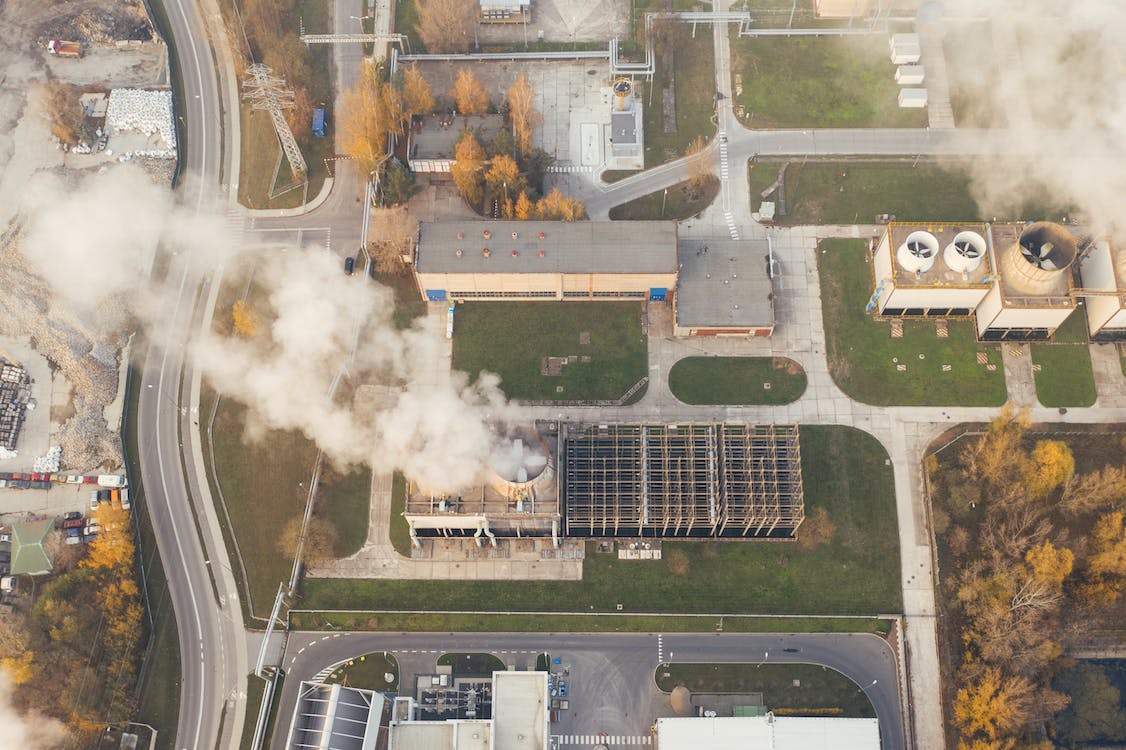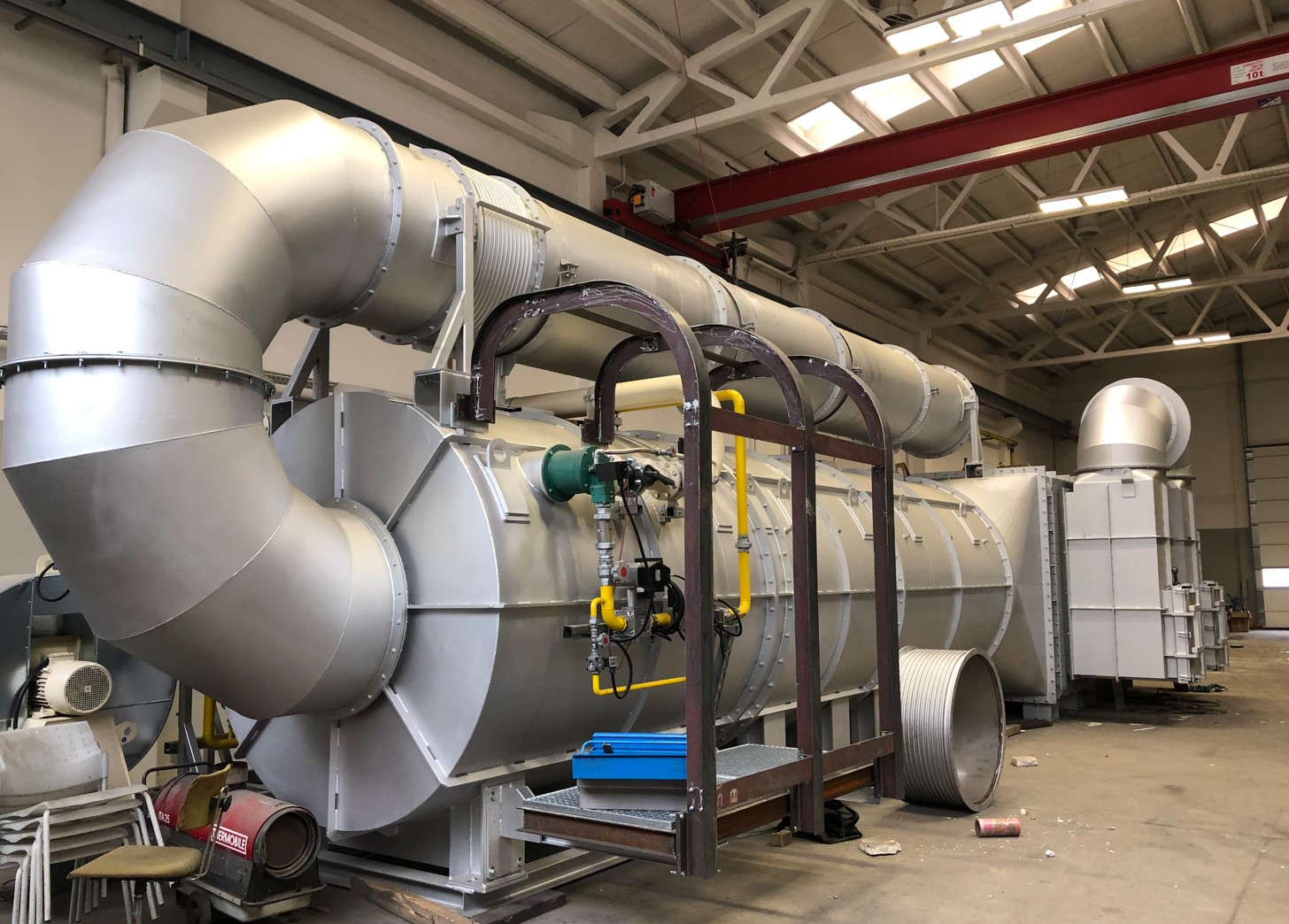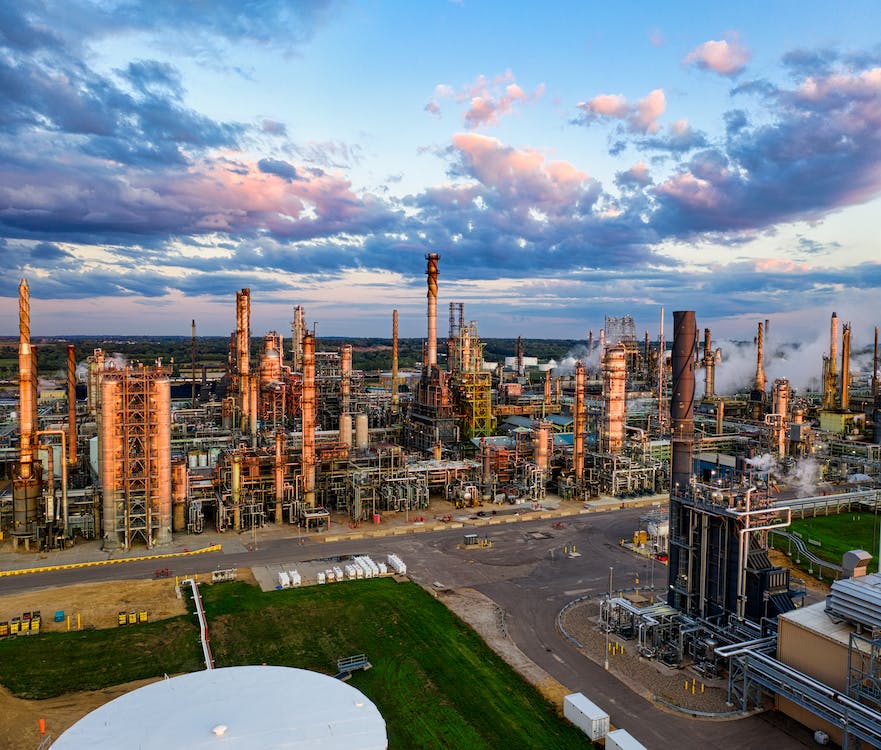Regenerative thermal oxidation (RTO) devices are a type of control device used for air pollution abatement. RTO devices use a thermal oxidation process to destroy volatile organic compounds (VOCs), hazardous air pollutants (HAPs), and other air contaminants. The process occurs when the VOCs and other air contaminants are heated to a high temperature, typically between 850 and 1,200 degrees Fahrenheit, in the presence of oxygen. The VOCs and other air contaminants are then oxidized, or burned, to form carbon dioxide, water vapor, and other products of combustion.
What is a regenerative thermal oxidation device?
A thermal oxidizer is a type of industrial control device for air pollution that is used to remove volatile organic compounds (VOCs) and hazardous air pollutants (HAPs) from waste gases. Thermal oxidizers work by heating the waste gas to a high temperature (usually between 1,000 and 1,800 degrees Fahrenheit) in order to break down the VOCs and HAPs into less harmful by-products such as carbon dioxide and water vapor. RTOs are a specific type of thermal oxidizer that uses a regenerative heat exchanger to preheat the incoming waste gas before it enters the main oxidation chamber. This increases the overall efficiency of the RTO and allows it to operate at lower temperatures than other types of thermal oxidizers.

What are the benefits of using a regenerative thermal oxidation device?
RTOs can also have a self-sustaining operation, meaning that once they are started, they can run indefinitely without the need for an external energy source.
The main benefits of using an RTO are its high efficiency, low operating costs, and ability to destroy a wide range of VOCs. Oxidation devices are an essential pollution control technology for many industries, including the semiconductor, pharmaceutical, chemical, and food processing industries.
How does a regenerative thermal oxidation device work?
A Regenerative Thermal Oxidation Device (RTOD) is a thermal treatment process used to destroy hazardous or noxious organic compounds in waste gases. The RTOD process involves four steps: thermal oxidation, recuperation, regeneration, and destruction.
The first step in the RTOD process involves heating the waste gas to a temperature between 700°C and 1200°C. The waste gas is then passed through a catalyst, which increases the rate of oxidation.
The second step, recuperation, occurs when the waste gas is cooled and passed through a heat exchanger. The heat exchanger transfers the heat from the waste gas to a clean gas, which is then used to heat the waste gas in the third step, regeneration.
In the regeneration step, the waste gas is reheated to the thermal oxidation temperature. The heat from the waste gas is used to heat the clean gas, which in turn heats the waste gas.
The fourth and final step is destruction, in which the waste gas is passed through a catalytic converter. The converter breaks down the hazardous or noxious organic compounds into harmless gases, such as carbon dioxide and water vapor.

What are the different types of regenerative thermal oxidation devices?
There are three main types of RTOs: packed bed, recuperative, and catalytic. Packed bed RTOs are the most common type, and they use a packed bed of ceramic or metal media to provide a large surface area for the VOCs to react with. Recuperative RTOs use a heat exchanger to preheat the incoming process gas, and they are typically used when the process gas has a high VOC content. Catalytic RTOs use a catalyst to promote the oxidation of the VOCs, and they are typically used when the VOC content is low.
What are the challenges associated with regenerative thermal oxidation devices?
There are several challenges associated with regenerative thermal oxidation devices. One challenge is the potential for thermal runaway. This can occur when the temperature orises too high, causing the exothermic reaction that occurs within the device to accelerate. This can lead to a rapid increase in temperature, which can damage the system or even cause it to explode. Another challenge is the potential for fouling. This can occur when the system is not operated correctly, causing deposits to build up on the surfaces. This can reduce the efficiency and, in some cases, can cause the device to fail entirely. Finally, these devices require a significant amount of energy to operate, which can make them expensive to operate.

What are the future prospects for regenerative thermal oxidation devices?
The future prospects for regenerative thermal oxidation devices are very promising. They offer a number of advantages over traditional types of devices, including higher efficiency, lower operating costs, and less environmental impact. In addition, they are becoming more compact and portable, making them ideal for a variety of applications.
